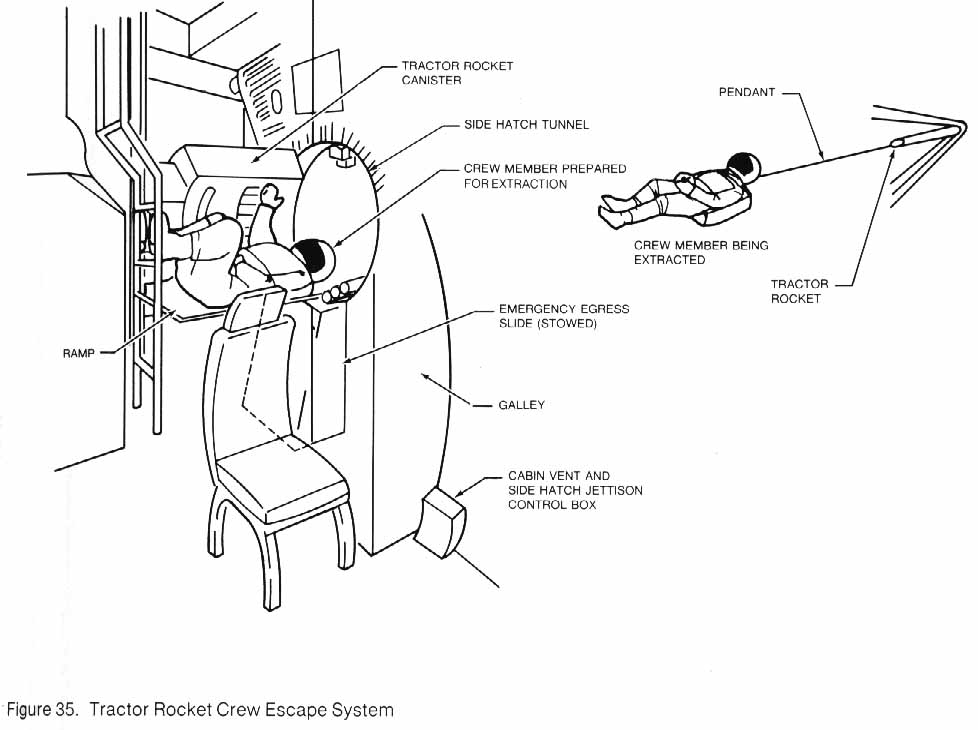geof
Well-Known Member
- Joined
- Feb 15, 2009
- Messages
- 1,277
- Reaction score
- 0
For the 2006 EMRR challenge, I'm considering converting this plastic model of the Hindenberg:
https://modelingmadness.com/scotts/civil/lz129.htm
This is only about twice as long as the 1/4A engine I would fly it with. On a micro scale, this is really a short & stubby rocket with insufficient fins. My question relates to ideas to make this fly stably.
I've seen pictures of oddrocs with stiff narrow rods (e.g. 4 of them) stretching out from the rear of the airframe at 45-degree sweep angle, like Sputnik. These replaced fins. My idea is somewhat similar.
Suppose that I attach some kevlar thread "restraint lines" to the blimp at its rear edge. Then to the end of these lines, I attach some little draggy or heavy Nazi men. When the rocket launches, these men would be dragged up behind the Hindenberg to their certain doom. I would have the motor eject and use featherweight tumble recovery.
Could this work to stabilize flight? Is it more important that the Nazis are heavy or draggy? (My intuition says drag is more important)? Any ideas how the length of the restraint lines affects things? How will the kevlar fare during thrust?
Thanks!
Geof
https://modelingmadness.com/scotts/civil/lz129.htm
This is only about twice as long as the 1/4A engine I would fly it with. On a micro scale, this is really a short & stubby rocket with insufficient fins. My question relates to ideas to make this fly stably.
I've seen pictures of oddrocs with stiff narrow rods (e.g. 4 of them) stretching out from the rear of the airframe at 45-degree sweep angle, like Sputnik. These replaced fins. My idea is somewhat similar.
Suppose that I attach some kevlar thread "restraint lines" to the blimp at its rear edge. Then to the end of these lines, I attach some little draggy or heavy Nazi men. When the rocket launches, these men would be dragged up behind the Hindenberg to their certain doom. I would have the motor eject and use featherweight tumble recovery.
Could this work to stabilize flight? Is it more important that the Nazis are heavy or draggy? (My intuition says drag is more important)? Any ideas how the length of the restraint lines affects things? How will the kevlar fare during thrust?
Thanks!
Geof




